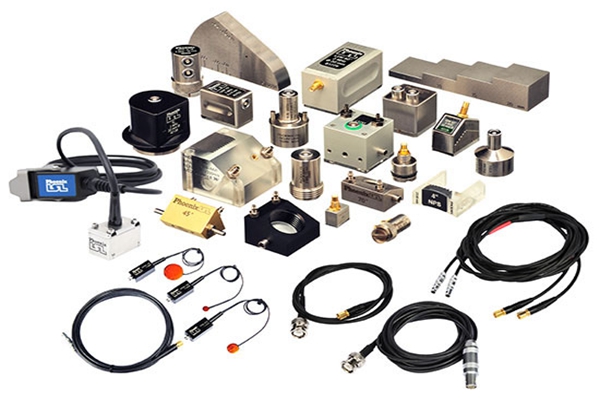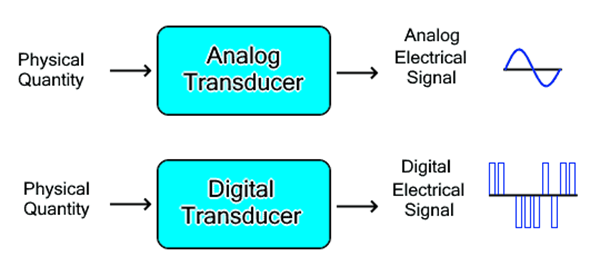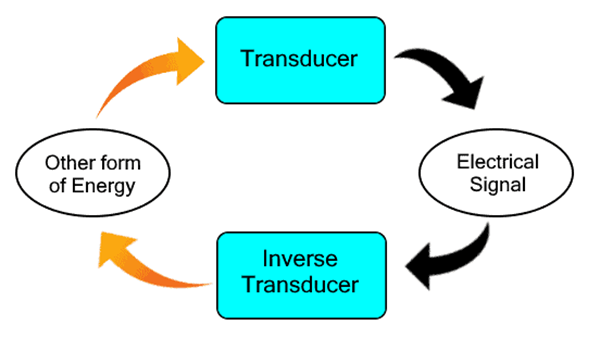Products Category
- FM Transmitter
- 0-50w 50w-1000w 2kw-10kw 10kw+
- TV Transmitter
- 0-50w 50-1kw 2kw-10kw
- FM Antenna
- TV Antenna
- Antenna Accessory
- Cable Connector Power Splitter Dummy Load
- RF Transistor
- Power Supply
- Audio Equipments
- DTV Front End Equipment
- Link System
- STL system Microwave Link system
- FM Radio
- Power Meter
- Other Products
- Special for Coronavirus
Products Tags
Fmuser Sites
- es.fmuser.net
- it.fmuser.net
- fr.fmuser.net
- de.fmuser.net
- af.fmuser.net ->Afrikaans
- sq.fmuser.net ->Albanian
- ar.fmuser.net ->Arabic
- hy.fmuser.net ->Armenian
- az.fmuser.net ->Azerbaijani
- eu.fmuser.net ->Basque
- be.fmuser.net ->Belarusian
- bg.fmuser.net ->Bulgarian
- ca.fmuser.net ->Catalan
- zh-CN.fmuser.net ->Chinese (Simplified)
- zh-TW.fmuser.net ->Chinese (Traditional)
- hr.fmuser.net ->Croatian
- cs.fmuser.net ->Czech
- da.fmuser.net ->Danish
- nl.fmuser.net ->Dutch
- et.fmuser.net ->Estonian
- tl.fmuser.net ->Filipino
- fi.fmuser.net ->Finnish
- fr.fmuser.net ->French
- gl.fmuser.net ->Galician
- ka.fmuser.net ->Georgian
- de.fmuser.net ->German
- el.fmuser.net ->Greek
- ht.fmuser.net ->Haitian Creole
- iw.fmuser.net ->Hebrew
- hi.fmuser.net ->Hindi
- hu.fmuser.net ->Hungarian
- is.fmuser.net ->Icelandic
- id.fmuser.net ->Indonesian
- ga.fmuser.net ->Irish
- it.fmuser.net ->Italian
- ja.fmuser.net ->Japanese
- ko.fmuser.net ->Korean
- lv.fmuser.net ->Latvian
- lt.fmuser.net ->Lithuanian
- mk.fmuser.net ->Macedonian
- ms.fmuser.net ->Malay
- mt.fmuser.net ->Maltese
- no.fmuser.net ->Norwegian
- fa.fmuser.net ->Persian
- pl.fmuser.net ->Polish
- pt.fmuser.net ->Portuguese
- ro.fmuser.net ->Romanian
- ru.fmuser.net ->Russian
- sr.fmuser.net ->Serbian
- sk.fmuser.net ->Slovak
- sl.fmuser.net ->Slovenian
- es.fmuser.net ->Spanish
- sw.fmuser.net ->Swahili
- sv.fmuser.net ->Swedish
- th.fmuser.net ->Thai
- tr.fmuser.net ->Turkish
- uk.fmuser.net ->Ukrainian
- ur.fmuser.net ->Urdu
- vi.fmuser.net ->Vietnamese
- cy.fmuser.net ->Welsh
- yi.fmuser.net ->Yiddish
5 Main Types of Transducers You Should Know about

A transducer functions by converting energy from one form to another works as an electronic device that is widely used in automation, measurement, and control systems.
Basically, there are 5 main types of transducers, which are: energy-source-requirement-based transducers, physical-phenomenon-based transducers, output-based transducers, transduction-phenomenon-based transducers, and construction-based transducers.
Because each one of them shares various functions and applications, it is very important for a transducer engineer to know what these 5 types of transducers mean for their job.
This blog will introduce 5 main types of transducers, including what they are, how they work, and related info you should know about. Let's begin the reading!
Sharing is Caring!
Content
● Type 1: Energy Source Requirement Based Type Transducers
● Type 2: Physical Phenomenon Based Type Transducers
● Type 3: Output Based Type Transducers
● Type 4: Transduction Phenomenon Based Type Transducers
● Type 5: Construction Based Type Transducers
● FAQ
Brief Introduction to Classification of Transducers
Type 1: Energy Source Requirement Based Type Transducers
● Active Transducer
Active transducers are the transducers which do not use any external power for the measurement of process variable. These transducers are self generating devices which operate under the energy conversion principle.
In other words, active transducer produces its own equivalent electrical output in response to the physical quantity to be measured. Thermocouples, thermopiles, peizo-electric crystal, photo voltaic cell etc. are some examples of active transducers.

● Passive Transducer
Passive transducers are those transducers in which external power source is required for their operation i.e. for the measurement of process variables, it is necessary to provide external power supply to operate or for the conversion of energy from one form to another.
These transducers are also known as externally power driven transducers. Resistive transducers such as RTD, thermistor, strain gauge, inductive transducers such as LVDT, hall sensors etc. are some examples of passive transducers.
The working principle of a resistive transducer is a siginificant topic, for which helps the electronic engineers to caculate physical quantities.

Type 2: Physical Phenomenon Based Type Transducers
● Primary Transducer
Primary transducers also called as primary sensing elements, are the first and foremost requirement for the measurement and control.
The primary transducer is the first element which is directly exposed to the process variable to be measured that senses physical changes or any change in its surrounding and produces an equivalent functional output which is detected by next stage or a second stage.
Bourdon tube, diaphragm, bellows in a pressure measurement, bimetallic thermometer, liquid filled thermometer, manometer etc. are some examples of primary transducers.
● Secondary Transducer
Secondary transducer is basically a second stage in a measurement system which detects the mechanical or physical change produced by primary sensing element and converts or manipulates into electrical signal mostly.
The magnitude of the output signal depends on the input mechanical signal. Some examples of Secondary Transducers are LVDT, Piezo electric crystal, pinion gear arrangement etc.
Type 3: Output Based Type Transducers
● Analog Transducer
Analog transducer is the transducer which provides output signal in analog form (of voltage or current) i.e. a continuous function of time in response of input quantity to be measured.
Potentiometer, LVDT, thermistor, RTD, thermocouple etc. are some examples of analog transducers.

● Digital Transducer
Digital transducer is the transducer which provides output electrical signal in digital form i.e. discrete signal in response of input quantity to be measured.
Here Output is in the form of square pulses and having two states (high and low); hence it is called a digital transducer. Examples- Shaft encoder, limit switch, pressure switch, digital tachometer, digital resolver etc.
Type 4: Transduction Phenomenon Based Type Transducers
● Transducer
When considering transduction phenomenon, transducers are the devices which convert non-electrical physical process variable being measured into electrical signal.
These are also called as electrical transducers. Potentiometer, LVDT, thermistor, RTD, thermocouple etc. are some examples of electrical transducers.
Take a potentiometer as an example. The potentiometer is the three terminal device used for measuring the potential differences by manually varying the resistances.

● Inverse Transducer
Inverse Transducer is defined as a device which is used to convert an electric quantity such as voltage or current into a non- electrical quantity such as displacement, force, pressure, temperature etc.
In other words, Inverse transducer is called as output transducer because they convert an electrical signal into non-electrical output.
For Examples I to P converter, Piezo electric crystal, Analog Ammeter, The oscilloscope etc. are some inverse transducers.
Type 5: Construction Based Type Transducers
● Mechanical Transducer
Mechanical transducers are a set of primary sensing elements that respond for the change in a physical quantity with a mechanical output such as displacement, force (or torque), pressure and strain.
Diaphragm, bellows, manometer, bimetallic strip, flow orifice, pilot tubes etc. are some mechanical transducers.
● Electrical Transducer

Electrical Transducer is specified as the sensing device which is used to detect or sense a non electrical physical quantity or magnitude and convert into electrical output signal such as voltage or current proportional to the input being measured.
Potentiometer, LVDT, RTD, Thermocouple, Strain Gauge, Piezo-electric crystal etc. are some examples of Electrical Transducer.
● Optical Transducer
Optical transducers are based on optical transduction of light signals and rays and utilize optical properties for measurement and analysis. Mostly optical transducers convert light and rays into electrical quantity.
So these are also called as opto-electric transducers or photo-electric transducers. Optical transducer uses the property of light such as heat, absorption, adsorption, reflection, emission, radiation and so on.
1. Q: What are the Three Types of Transducers?
A: Transducers are devices that convert non-electrical energy into electrical energy. They consist of detection/sensing elements and transduction elements. On the basis of transducer elements, there are three different types of transducers: capacitive, inductive and resistive transducers.
2. Q: Is Amplifier a Transducer?
A: The Compact Transducer Amplifier (CTA) is a DC bridge based transducer amplifier and signal conditioner. It can be used with pressure, force, displacement or other bridge-based sensors. It is factory adjusted and calibrated for specific sensor models.
3. Q: What are Examples of Transducers?
A: Transducers are electronic devices that convert energy from one form to another. Common examples include microphones, speakers, thermometers, position and pressure sensors, and antennas.
4. Q: Where are Transducers Used?
A: Transducers are often used at the boundaries of automation, measurement and control systems where electrical signals are converted to and from other physical quantities (energy, force, torque, light, motion, position, etc.). The process of converting one form of energy into another is called transduction.
In short, we learn about details of 5 main kinds of transducers types, including transducers types based on energy sourse requirement, physical phenomenon, transducer output, transduction phenomenon and construction. It helps industrial engineers understand the classification, the structure and working of different kinds of transducers.
After reading this blog, what do you think about transducers types? Please leave a message below to share your idea! And don't forget to share this article if it is helpful to you!
Read Also
● What are the differences between a sensor, transmitter, and transducer?
● An Inductive Transducer : Working & Its Applications
● An Introduction to Sound Transducers

